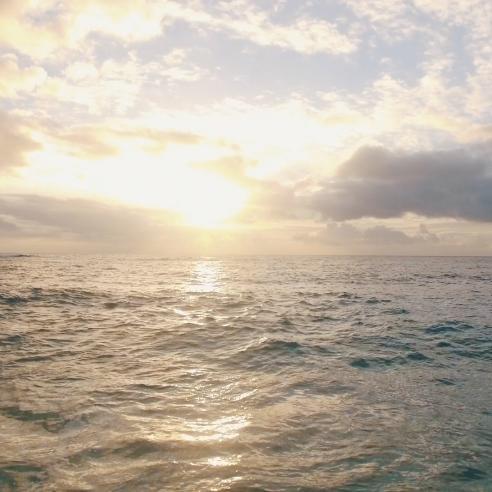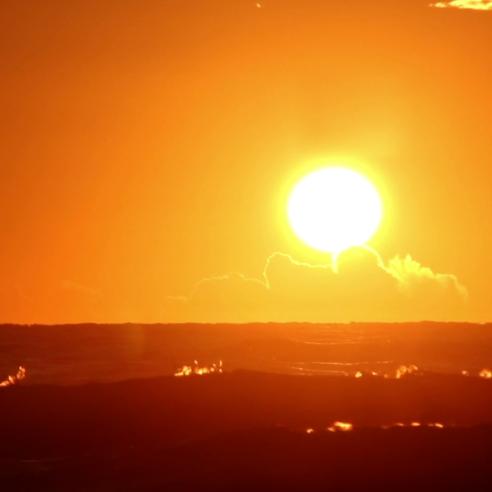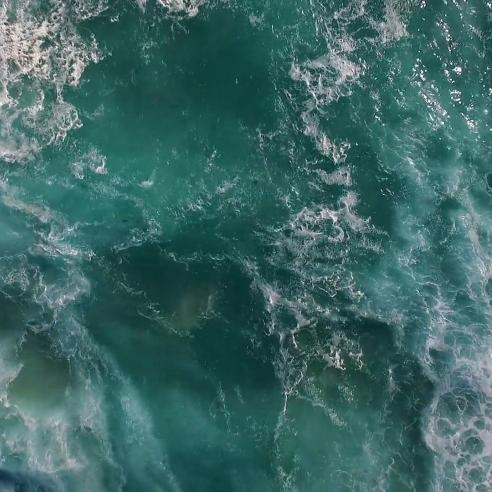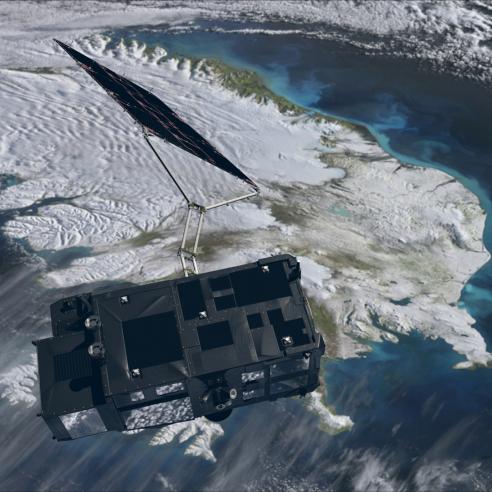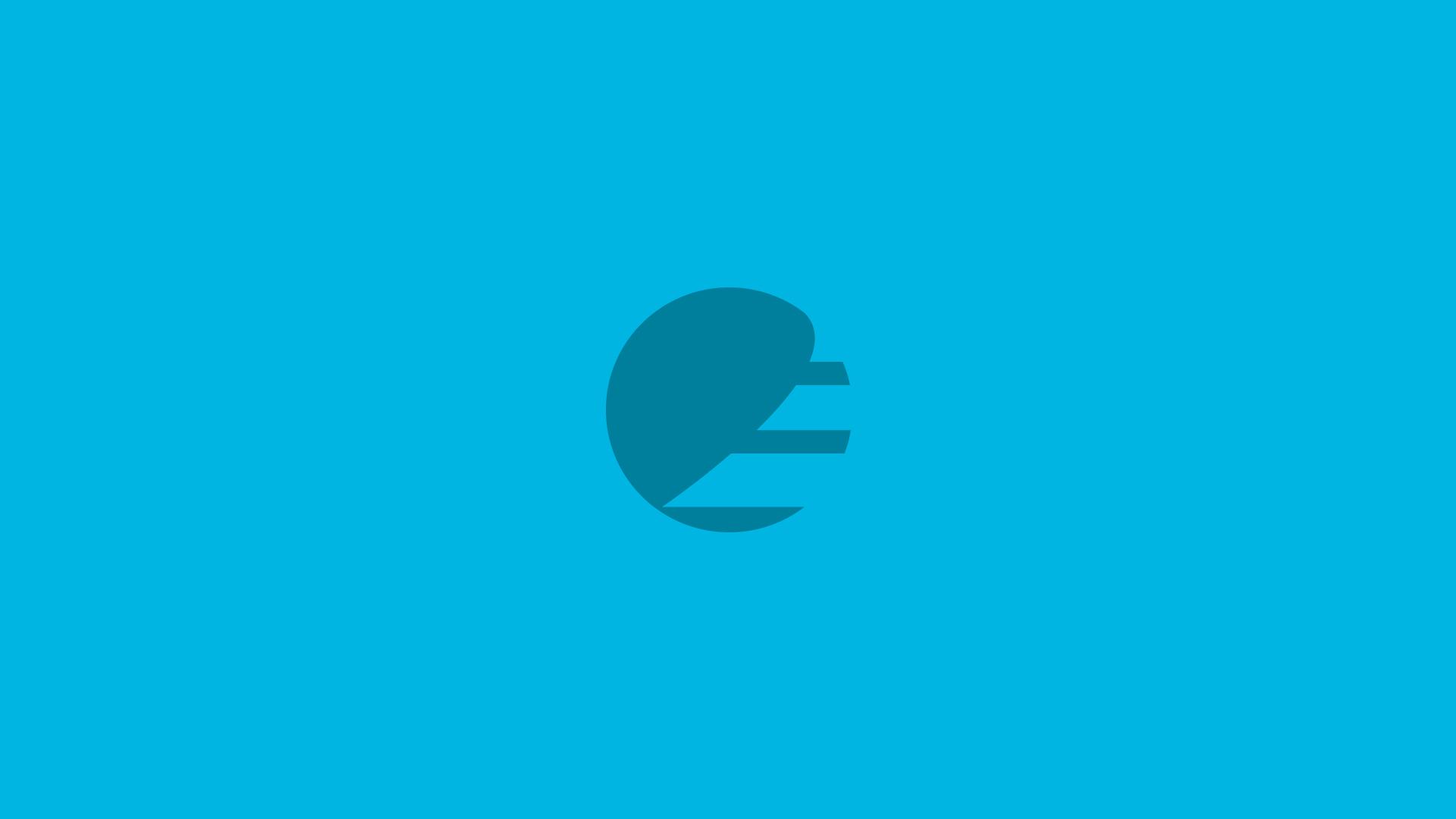
IOCS2017
International ocean colour experts meet up in Lisbon.

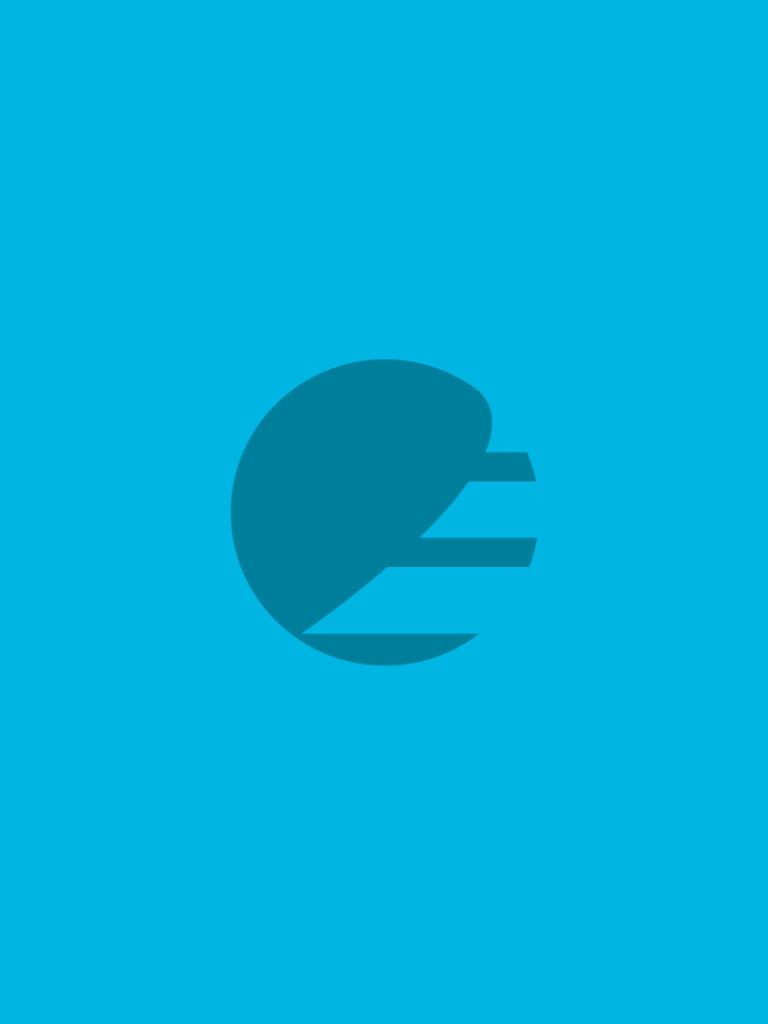
Experts from all over the world recently met in Lisbon to discuss this year’s theme, “Exploring New Capabilities for Global Ocean Colour Observations”.
01 November 2023
14 June 2017
The third International Ocean Colour Science (IOCS) meeting took place from 15 to 18 May 2017, with the overall goal being to nurture a strong global user community for ocean colour science and applications, and foster exchange between the ocean colour research community and international space agencies with an interest in ocean colour science.
Representatives from satellite agencies, students and experts had four days of lectures, talks, breakout workshops, community discussions and poster sessions to exchange their views. A special focus was on the emerging applications and first scientific results now available from the Copernicus Sentinel-3A and -2A satellites operated by EUMETSAT and ESA on behalf of the European Union in support of the Copernicus Programme. The meeting was organised by the International Ocean Colour Coordinating Group (IOCCG) in partnership with, EUMETSAT, ESA, the European Commission, NASA, Thales Alenia Space and Airbus, and with local support from the Instituto Português do Mar e da Atmosfera (IPMA).
Improved ocean colour data
The Ocean and Land Colour Instrument (OLCI) on board the Sentinel-3A satellite allows for tailored applications in marine biochemistry. Phenomena like harmful algae blooms, pollution events and changes in marine or coastal ecosystems can now be better monitored from space, thanks to the improved spatial resolution of the OLCI instrument (300 metres at sub-satellite point) - compared to previous sensors with a 1 kilometre resolution - which allows, for example, characterisation of the different phytoplankton bloom types.
To highlight the benefits for the global ocean colour user community of the EU Copernicus programme, a dedicated Copernicus session showcased the new European marine data stream developed by the Copernicus Marine Environment Monitoring Service (CMEMS).

On Friday 19 May, EUMETSAT also offered a one-day training workshop on how to access and explore the Copernicus Marine Data Stream provided by EUMETSAT. The focus was on the ocean and land colour instrument (OLCI) and derived products, and also featured other marine data available.
The biggest achievement of the IOCS-2017 meeting was the level of interaction with the ocean colour user community. For this special occasion, OLCI data is now also available on EUMETView for easy consultation and download. Venetia Stuart, IOCCG scientific coordinator, noted that feedback from the meeting was overwhelmingly positive. Breakout session chairs commented that the breakout groups worked very well.
”Having a room full of dedicated scientists interested in the same topic, with very useful feedback and discussion, helped to give the workshop chairs a good feel for the breadth of understanding for the state of the art”. Other participants remarked that they learnt much more and made more meaningful connections than in most other meetings.”

In her opinion, “the biggest achievement of the IOCS-2017 meeting was the level of interaction with the ocean colour user community.” As she recalled, “back in 2010 the IOCCG Chair (David Antoine) saw the need to reinforce the voice of the ocean colour science community, so he proposed that a series of community consultation meetings be organised under the auspices of IOCCG.
This has resulted in the biennial IOCS meetings convened by IOCCG, the first of which took place in 2013 in Darmstadt, Germany. These meetings are gathering momentum and the space agencies are very interested to hear the recommendations issued from the breakout sessions in order to implement concrete actions.”
We made large advances in improving communication between science and agency communities. Dr. Stewart Bernard, former IOCCG Chair, mentioned that the big achievement of the meeting was realising a highly prioritised set of recommendations to the space agencies.
These will also be soon published on the website. According to Dr. Bernard “we made large advances in improving communication between science and agency communities by focusing on the value and impact of new research avenues. “I also really enjoyed the keynotes on Wednesday with Heidi Sosik giving us a really thought-provoking talk on the critical issue of how we actually measure and characterise the phytoplankton community going forward, and Ana Dogliotti giving us a really affirming talk about developing great science capability from small and challenging beginnings. The inspirational women of the ocean colour community...”
On his experience as IOCCG Chair Dr Bernard commented that “It was a privilege to learn so much more about how the ocean colour community and space agencies work - what drives and motivates different parts of the community, how to try and strengthen the community and really make us more than the sum of our parts.”


